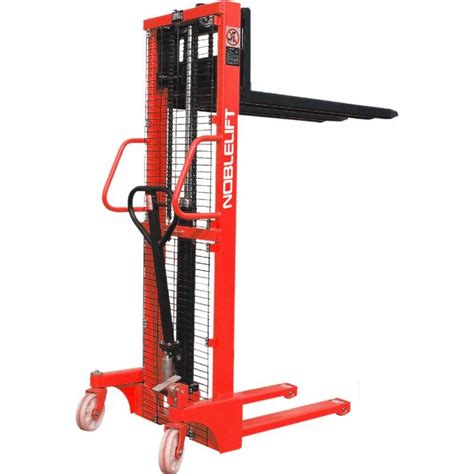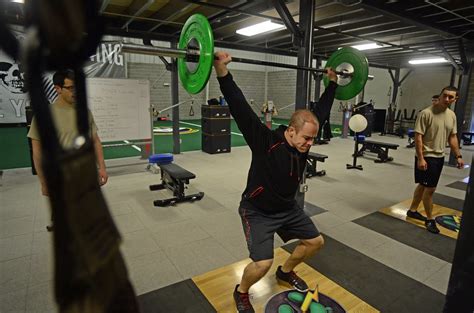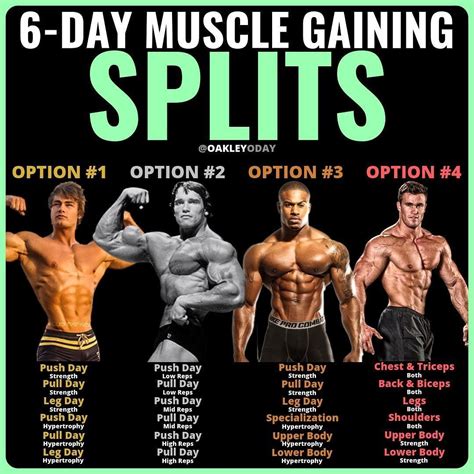Peak performance: Optimize progressive overload to break strength plateaus?

Understanding Progressive Overload and Strength Plateaus
For anyone serious about building strength and muscle, progressive overload is the undisputed king. It’s the fundamental principle that dictates you must continually challenge your muscles with increased stress to force adaptation and growth. This could mean lifting heavier weights, performing more repetitions, increasing training volume, or even improving exercise form to make a movement more challenging. However, even the most dedicated lifters eventually hit a wall – a strength plateau – where progress stalls, and gains become elusive. This isn’t a sign of failure but rather an indication that your current approach to progressive overload needs a re-evaluation and optimization.
Strength plateaus typically occur when the body has fully adapted to the current training stimulus. Your muscles, nervous system, and connective tissues have become efficient at handling the load you’re putting on them, and without a new, greater challenge, they have no reason to grow stronger. Breaking these plateaus requires a strategic shift in how you apply progressive overload, moving beyond simply adding more weight to the bar.

Strategic Approaches to Optimize Progressive Overload
Optimizing progressive overload means looking beyond just increasing the weight. Here are several effective strategies to reignite your progress and shatter those strength plateaus:
1. Manipulate Reps, Sets, and Volume
- Increase Reps: If you’ve been lifting a certain weight for 3 sets of 5 reps, try aiming for 3 sets of 6-8 reps. Once you hit the upper end of that range, then consider increasing the weight.
- Increase Sets: Adding an extra set to an exercise can significantly boost your total training volume and stimulate further adaptation, especially for lagging muscle groups.
- Total Volume: This is a combination of sets x reps x weight. Even if you can’t increase the weight on a specific day, increasing reps or sets still contributes to overall volume.
2. Improve Exercise Form and Time Under Tension
Often, a strength plateau can be masked by deteriorating form. Focusing on perfect technique can make a lighter weight feel heavier and more effective, engaging the target muscles more directly. Additionally, manipulate the tempo of your lifts. Slowing down the eccentric (lowering) phase of an exercise increases time under tension, providing a novel stimulus for muscle growth and strength.

3. Decrease Rest Intervals
Reducing the rest time between sets forces your muscles to recover faster and work harder under fatigue. While this might temporarily mean you lift less weight, it enhances muscular endurance and can be a powerful shock to your system, ultimately leading to greater strength gains once your body adapts to the shorter recovery periods.
4. Increase Training Frequency
If you’re only training a muscle group once a week, consider increasing its frequency to twice or even three times a week, ensuring adequate recovery. More frequent exposure to a stimulus can accelerate adaptation, provided the overall weekly volume is managed to prevent overtraining.

5. Implement Advanced Training Techniques
- Drop Sets: Perform a set to failure, immediately reduce the weight by 20-30%, and continue for more reps to failure.
- Supersets/Giant Sets: Perform two or more exercises back-to-back with minimal rest, targeting either the same or opposing muscle groups.
- Rest-Pause Training: Lift a heavy weight for a few reps, rest for 10-20 seconds, then perform a few more reps with the same weight.
- Partial Reps: After full range of motion failure, perform partial reps to further exhaust the muscle.
6. Periodization and Deload Weeks
Periodization involves systematically varying your training variables (intensity, volume, exercise selection) over time. This cyclical approach prevents adaptation and keeps your body guessing. Furthermore, incorporating planned deload weeks – where you significantly reduce volume and/or intensity – allows your body to fully recover, repair, and prepare for the next training cycle, often leading to a surge past previous plateaus.

Beyond the Gym: Recovery and Nutrition
Optimizing progressive overload isn’t solely about what you do in the gym. Your recovery and nutrition play equally crucial roles. Ensure you’re consuming enough protein to support muscle repair and growth, and adequately fueling your workouts with carbohydrates. Prioritize quality sleep (7-9 hours) as this is when most muscle repair and hormonal regulation occur. Stress management is also vital, as chronic stress can hinder recovery and adaptation.

Conclusion
Strength plateaus are an inevitable part of the fitness journey, but they are not insurmountable. By strategically diversifying your progressive overload methods – manipulating reps, sets, rest, frequency, form, and incorporating advanced techniques and periodization – you can continually challenge your body in new ways. Combine these gym strategies with meticulous attention to recovery and nutrition, and you’ll not only break through those stubborn plateaus but also unlock new levels of peak performance and sustained strength gains.






